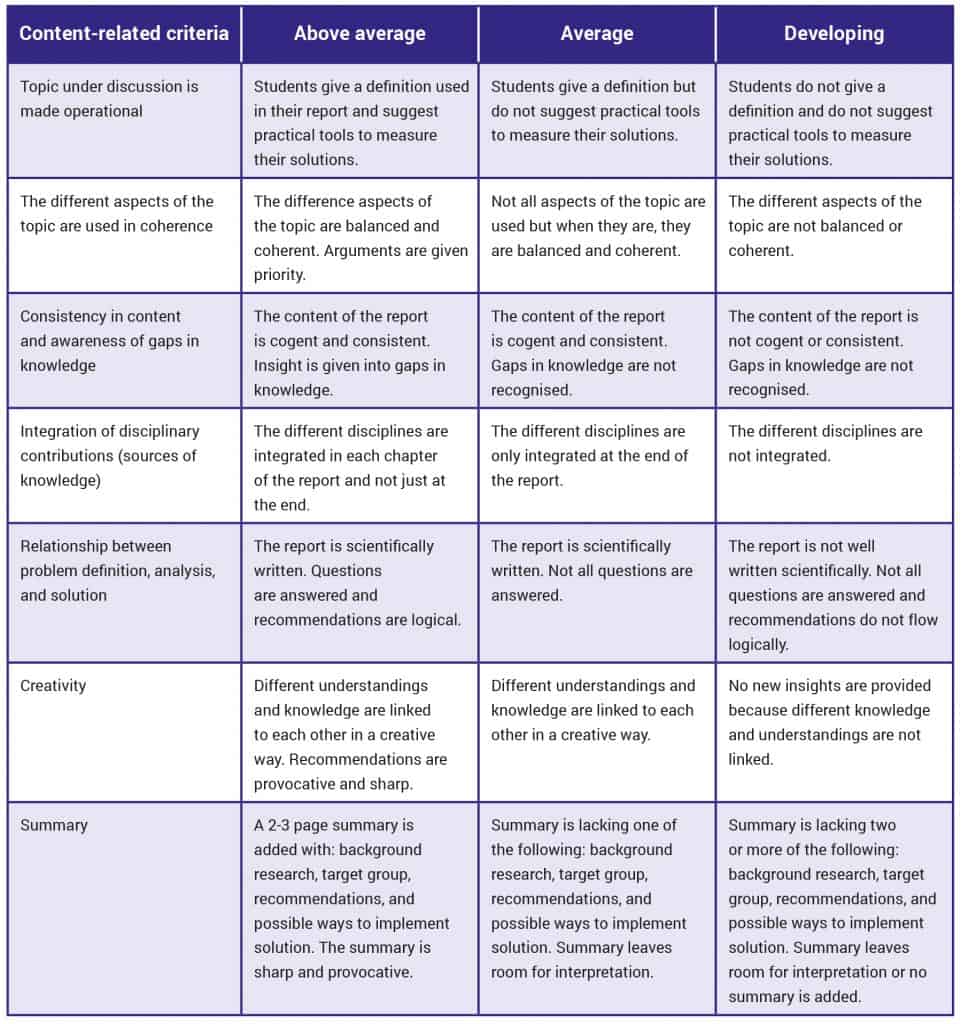Cooperative learning involves students working together in small groups to accomplish shared goals or complete group tasks. It is widely recognised as a teaching strategy that promotes socialisation and learning among students from pre-school through to tertiary level and across different subjects and curriculum areas.
What does the research say about cooperative learning?
There is compelling evidence that cooperative learning is a highly effective teaching strategy.
A meta-analysis of 117 studies that examined the effects of cooperative, competitive, and individualistic learning on a number of academic, personal, and social variables found that cooperative learning performed favourably in comparison with competitive and individualistic learning[i]. Research has also found that situations characterised by positive interdependence – in other words, cooperative learning – result in greater motivation and achievement than situations where students do not experience positive interdependence[ii]. A best evidence synthesis of primary and secondary mathematics and reading programs for struggling readers found that well-structured teaching approaches such as cooperative learning produce better outcomes for students than other instructional programs such as the use of innovative curriculum text books or the use of technology in reading and mathematics[iii].
Why does cooperative learning work?
Self-Determination Theory[iv] indicates that individuals have specific psychological needs such as belonging (being accepted and feeling part of a group), competence (experiencing a sense of mastery) and autonomy (feeling a level of control). All of these needs can be met when students learn to work with others in small, cooperating groups. Having their psychological needs met also contributes to students’ enjoyment of cooperative learning.
Forms of cooperative learning
Cooperative learning can be informal, formal or long-term. Informal cooperative learning involves students working in small groups for a few minutes to help them process what has been taught, to think about a particular question, to assist the teacher to identify and address any misunderstandings about the content, and to quickly recap on the key points in the lesson. Teachers often break up their teaching by asking students to spend a few minutes in pairs or groups discussing a particular topic that is relevant to the lesson. Informal cooperative learning provides opportunities to listen to others and hear what they think about a particular issue that has been raised in the lesson.
Formal cooperative learning consists of students working together for a designated period of time over a few weeks to achieve shared learning goals and jointly complete specific tasks and assignments. Formal cooperative learning groups are structured so students understand that they are required to work together to support each other’s learning, share their ideas and information with the group, listen respectfully to what others have to say, and ensure that the group reflects on the progress they are making in order to determine if changes need to be made to how they manage the task.
A long-term structure for cooperative learning involves base groups, which are long-term, heterogeneous cooperative learning groups with stable membership. Members’ primary responsibilities are to:
- provide one another with support, encouragement, and assistance in completing assignments
- hold one another accountable for striving to learn
- ensure that all members are making good academic progress
Typically, cooperative base groups are heterogeneous in membership, especially in terms of achievement, motivation and task orientation. They meet regularly for the duration of the class.
Benefits and advantages of cooperative learning
The benefits that students derive from working cooperatively together have been well documented and include academic gains, possibly because students have opportunities to share their knowledge and in so doing often develop clearer understandings of what they are learning. When students have opportunities to work with others, they learn to listen to others, consider their perspectives on a topic, challenge other’s ideas, and communicate in a way that is acceptable to the group. These are behaviours that help to build positive working relations as students learn to understand that there are ways of behaving in the group that they need to accept if they are to continue working constructively with their peers. This way of working also contributes to higher levels of self-esteem for students.
Other benefits that have been attributed to cooperative learning include less need to disciplineas the group will often remind a student who becomes disruptive of the need to settle down and work on completing the task. Cooperative learning also promotes greater acceptance of others, and students will often use language that is more inclusive of others such as ‘we’ or ‘us’. They also learn to provide more detailed help or explanations to their peers as they are asked to explain information or to help with a problem. It also allows more time for peer learning and teacher assistance, as peers learn from each other with the teacher providing assistance as needed.
Cooperative learning involves an emphasis on the diversity rather than uniformity of instruction, which means that teachers can ensure that students are given tasks that they have the potential to accomplish. It also permits greater flexibility to adjust learning objectives, as teachers can adjust tasks to meet the needs of specific students in groups.
As students orally rehearse material, explain it to others, discover solutions, debate and discuss procedural issues in small groups, they consolidate their own learning as well as contributing to the learning of others. Cooperative learning provides opportunities to promote higher order thinking skills and develop social and communication skills, and it motivates students to learn information. Working in small cooperative groups particularly benefits lower achieving students, as it provides opportunities to have the learning repeated and reinforced in different ways that help consolidate learning.
How to construct groups
Research offers a number of guidelines as to the best ways to construct groups for cooperative learning[v].
- Groups of 3-4 students are better than larger groups, although it is important to consider the time limits, group-work experience and age of the students, and the materials and equipment available when deciding the size of a group
- Mixed ability groups are better than same ability groups (groups of one high-, two medium-, and one-low ability student is one of the better mixed-ability combinations)
- Balanced for gender, all male or all female groups seem to encourage more interactions among members
- Friendship groups may be better with adolescents
Once the groups have been established, it is important to establish positive interdependence and ensure that all group members understand what the group task is and how everyone is required to participate. Group members may need explicit training in interpersonal and small-group skills. It is also beneficial to give group members time at the end of the session to discuss group processes.
The key elements of cooperative learning
Cooperative earning involves five key elements. The first is positive interdependence, or the attitude that ‘we sink or swim together’. Positive interdependence exists when students perceive that they are linked to other members in the group in such a way that they cannot succeed individually unless the whole group succeeds, and they must coordinate their efforts with each other in order to complete the task.
The second key element is individual accountability, which involves each student:
- being responsible for part of the task
- reporting to the group on their progress
- reporting on the group’s progress to the whole class
- being rewarded on the basis of all group members completing their tasks/goals
When they have individual accountability, students adopt the attitude that they will contribute because they know they have something valuable to offer the group.
The third key element is promotive interaction, which describes individuals encouraging and facilitating each other’s efforts to complete the task and achieve the group’s goals. Students use their material, emotional and interpersonal resources to work for the best outcome for their group. Promotive interaction leads to students being motivated to strive for mutual benefits and feeling less anxiety and stress. It involves students:
- providing each other with efficient and effective help and assistance, exchanging needed resources
- providing each other with feedback in order to improve their continuing performance on tasks
- challenging each other’s conclusions
- advocating efforts to achieve mutual goals
- influencing each other’s efforts to achieve mutual goals
- having faith and trust in each other
The fourth key element of cooperative learning involves the students using interpersonal and small-group skills. Interpersonal skills include actively listening, stating ideas freely, accepting responsibility and providing constructive criticism. Small-group skills include taking turns, sharing tasks, democratic decision making, perspective taking and clarifying differences. In order to use all these skills effectively, students must get to know each other and trust each other, communicate accurately, accept and support each other, and resolve conflicts constructively. Students are perpared to share the tasks, communicate positively and clearly, and affirm others. It may help to explicitly teach skills facilitate interpersonal communication, such as:
- Body language (eye contact, posture that is open and inclusive)
- Verbal encouragers (Mm!, Ah! Sure, Yes)
- Open questions: How, What, When, Where
- Paraphrasing (repeating back main point in an interaction)
- Summarising main points of the story or interaction
- Showing empathy (‘You must have been scared …’, ‘Sounds like you’ve had a rough time …’)
- Clarifying misperceptions (‘I’m not sure I understand what you’ve said. Can you explain it to me again, please?’)
- Assertively expressing a point of view (‘I think you’ve got a good point there but I think that it might be better if we ….’)
- Tentatively offering suggestions (‘Have you thought of …?’, ‘Maybe you could do it this way?)
- Self-disclosure (‘We all make mistakes. I know what it was like for me when….’)
The final key element is group processing, which involves reflecting on a group’s session by describing which actions were helpful and unhelpful and making decisions about which actions to continue or change. Group processing is critically important for student learning as it allows members to discuss how well they are achieving their goals and maintaining effective working relationships[vi]. Research suggests that both teacher-led and student-led discussions promote greater success in problem-solving and achievement gains than students involved in cooperative learning who did not follow-up with processing their experiences in groups[vii].
Involving students in reflective processes promotes metacognitive thinking which impacts on their abilities to provide supportive feedback and to implement social skills more frequently. One important and potentially reinforcing aspect of group processing is that it can provide an opportunity for group members to celebrate their success.
Processing might involve setting aside approximately ten minutes at the end of a session to allow to students to identify what they have achieved and what they still have to learn. This might be done using a series of yes/no questions: for example, ‘Did we encourage one another to contribute to the discussion?’ Deeper processing may be achieved by questions that encourage students to consider the quality of behaviour across a continuum: for example, in response to the statement, ‘We encouraged one another to contribute to the discussion’, students choose along a continuum from Always to Never. You might also allow for student comments.
At the end of a unit of work or project, students can be encouraged to reflect on their own individual contributions to the group:


How to assess cooperative group work
Cooperative group work can be assessed in two ways: at the process level and the product level. Process assessment involves having the groups or the teacher evaluate how well the group worked together: for example, a simple way to assess group functioning is to have each student write in a different colour, which allows the teacher to see the contribution made by each team member. Product assessment involves focusing on what the group produced and evaluating its output. Three questions that can be used to encourage the groups to think metacognitively about what they have achieved include:
- What have we achieved?
- What do we still need to do?
- How will we do this?
This following rubric [NH1] for assessing specific content area is an example of atool that may be used to evaluate a group’s understanding of specific content knowledge on a given topic.

References Gillies, R. M. (2007). Cooperative learning: Integrating theory and practice. Los Angeles: Sage.
Johnson, D. & Johnson, F. (2009). Joining together: Group theory and group skills (10th ed.). Boston: Allyn and Bacon.
Johnson, D., & Johnson, R. (2002). Learning together and alone: Overview and meta-analysis.
Asia Pacific Journal of Education, 22, 95-105.
Johnson, D., Johnson, R. & Houlbec, E. (2009). Circles of learning (6th ed.). Edina, Minnesota: Interaction Book Company.
Johnson, D., Johnson, R., Roseth, C., & Shin, T. (2014). The relationship between motivation
and achievement in interdependent situations. Journal of Applied Social Psychology, 44, 622–633.Kagan, S., & Kagan, M. (2009). Kagan Cooperative Learning. San Clemente, CA: Kagan Publishing.
Lou, Y., Abrami, P., Spence, J., Poulsen, C., Chambers, B., & d’Apollonia, S. (1996). Within-class grouping: A meta-analysis. Review of Educational Research, 66, 423-458.
Ryan, R. & Deci, E. (2016). Self-determination theory: Basic psychological needs in motivation, development, and wellness. Guilford Publication.
Slavin, R. (2014). Cooperative learning and academic achievement: Why does groupwork work? Anales De Psicologia, 30 (3), 785-791.
Slavin, R. (2013). Effective programmes in reading and mathematics: Evidence from the Best
Evidence
Encyclopedia. School Effectiveness and School Improvement, 24, 383-391.
[i] Johnson & Johnson (2002).
[ii] Johnson, Johnson, Roseth & Shin (2014).
[iii] Slavin (2013).
[iv] Ryan & Deci (2016).
[v] Lou, Abrami, Spence, Poulsen, Chambers, & d’Apollonia (1996).
[vi] Gillies (2007).
[vii] Johnson & Johnson (2009).
By Robyn Gillies


